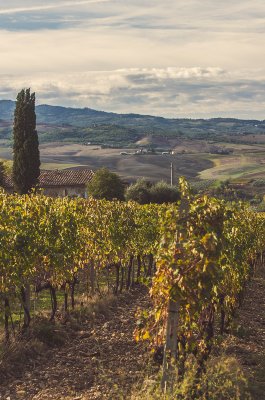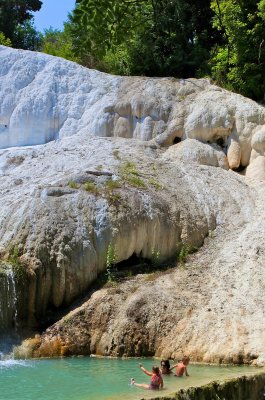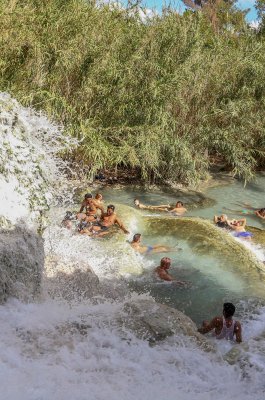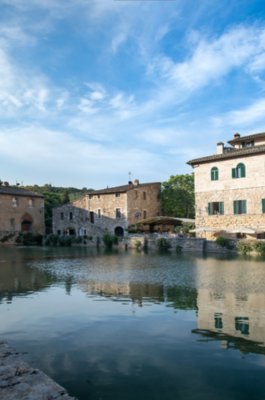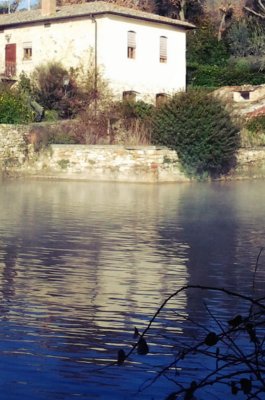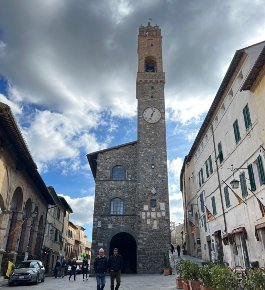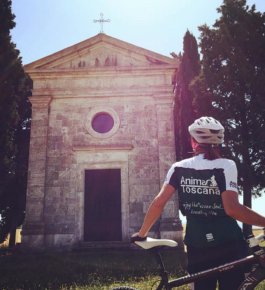This stage marks the transition from the Val d’Arbia to the famous Val d’Orcia, a UNESCO World Heritage Site.
Among farmhouses, rows of cypress trees and cultivated fields, the path leads to Buonconvento, a fortified village of unspoiled charm, with its 14ᵗʰ-century walls, the Santi Pietro e Paolo Church as well as the Museum of Sacred Art.
Skirting the provincial road to Montalcino, you pass through the famous Brunello vineyards to Torrenieri, referred to by Sigeric as “Turreiner,” where there is the Santa Maria Maddalena Church as well as refreshment points and access to water. Continue along a section of the disused Cassia then to dirt roads with spectacular views of the Val d’Orcia.
Your arrival to San Quirico is marked by the Santi Quirico e Giulitta Collegiate Church and the Horti Leonini, a refined Renaissance garden.











































